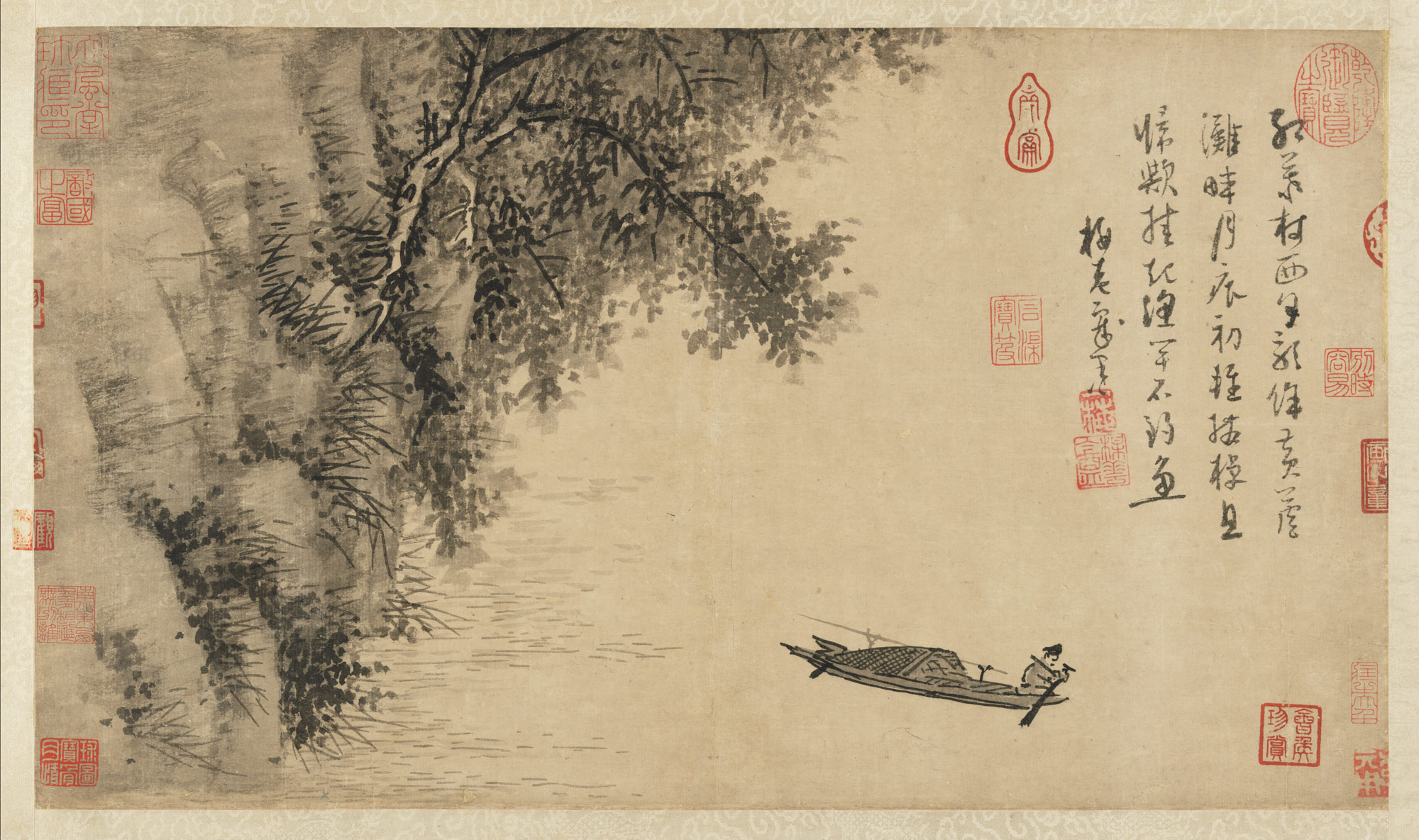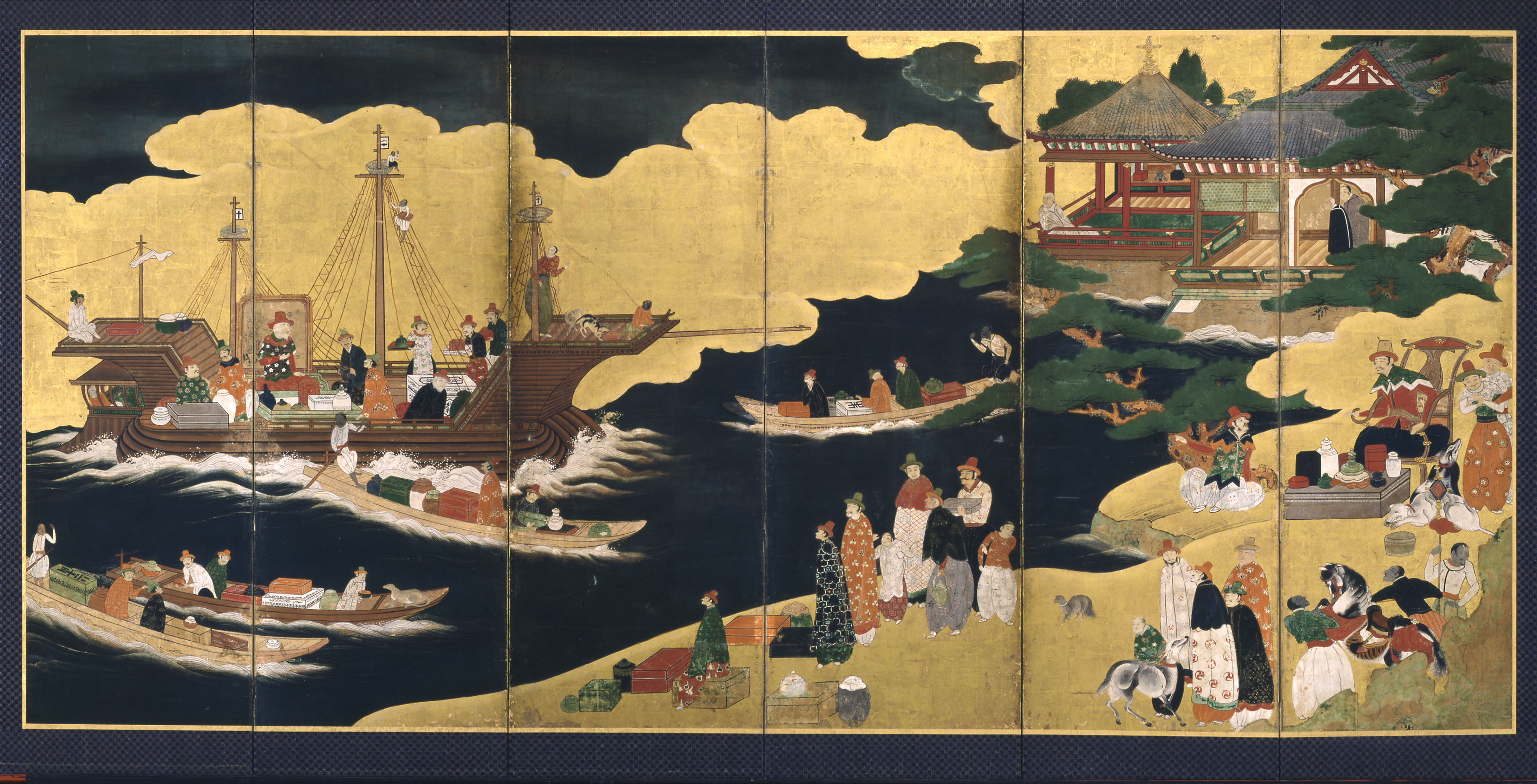 |
| The Great Goddess mural |
The Great Goddess, a large mural, was found in a pyramid in Teotihuacán. One of its most striking elements is the central figure, the goddess. By sheer size alone, the emphasis is placed on the goddess, and the eye is most naturally drawn to her. The shapes that can be implied to make up her body are filled with elaborate patterns and floral designs. Her face seems to be that of a bird's, with a beak and two large, unsettling eyes. She is adorned with an extravagant headdress from which a tree grows, though the tree may be behind her. She is flanked by two small, disproportionate human figures, who seem to be interacting with their environment. They each wear a headdress that seems to be derivative of hers.
As is typical of Mesoamerican artwork, there is an incredible amount of elaborate details in this piece. The lines form organic shapes and there are no sharp or harsh edges present. There are multiple small areas with different patterns throughout the piece. The bottom of the mural shows a pattern of various lines, shapes, and colors; the pattern is reflected over the Y-axis. While the majority of the piece itself seems to be almost perfectly symmetrical, the tree behind the goddess is the only element that is not. There is a fairly limited color palette: warm reddish-brown, pale turquoise, pale blue, and yellow. Despite the hints of cooler hues throughout the piece, the overall feeling is warm and earthy.
Sources:
Aleto, Thomas. "Great Goddess of Teotihuacan." https://commons.wikimedia.org/wiki/File:Great_Goddess_of_Teotihuacan_(T_Aleto).jpg. 23 May 2007.





